(September 24, 2024) Driven by her passion for healthy eating and her love for India’s rich food heritage, Shriya Naheta Wadhwa founded Zama Organics to source and celebrate local spices, grains, millets, fresh produce, and more.
Growing up in a happy environment of 18 family members, Shriya Wadhwa was fascinated with her mother’s ability to cook with passion and make time to teach cooking too. Seated in a cosy café in Mumbai’s art and culture district, Kala Ghoda, she recalls, “My mother and aunts used to cook for 18 people, twice a day! They also catered to various requirements based on food preferences. Yet we always had a variety of food to eat. Despite all this, my mother made time to teach cooking from two to four in the afternoon. It was her passion and love for cooking that has inspired me.”
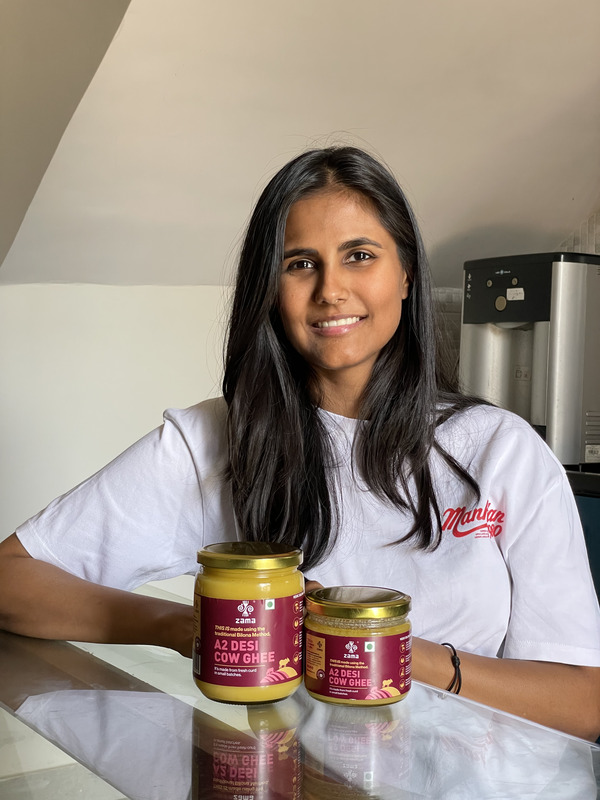
Shriya Naheta Wadhwa, the founder of Zama Organics
Made in India
Having said that, Shriya Wadhwa is not a cook! “I am a good taster,” she says in her defense, adding that her sister Aditi Dugar, the founder of Masque restaurant in Mumbai, loves to cook. “I am the ingredient provider,” she reiterates. And it is in these that Shriya has found her true calling. “When Aditi was setting up Masque, I joined her on their initial sourcing trips. While she was fascinated by ingredients like sea buckthorn, I was equally blown away by the sheer diversity of what’s grown in India. From discovering black rice and various types of turmeric to appreciating the quality of something as simple as an apple or coriander, it was eye-opening to see the incredible range and quality of ingredients available across the country. For me, it was a deeper journey of discovering India, its people, and our food heritage—Zama is truly a love letter to India, written through the language of food.”
Recalling the earliest influences that changed the course of her career’s trajectory, Shriya tells Global Indian, “While studying international relations at the University of South California Dornsife, I came across many farmer markets on campus. That’s probably when the idea first took root. Upon my return to Mumbai, I noticed that supermarkets were stocked with imported ingredients, and people did not have access to the incredible products grown right here in India. Travelling with my sister inspired me to start a business that made high-quality, organically-grown Indian ingredients available to those seeking a healthier lifestyle.”
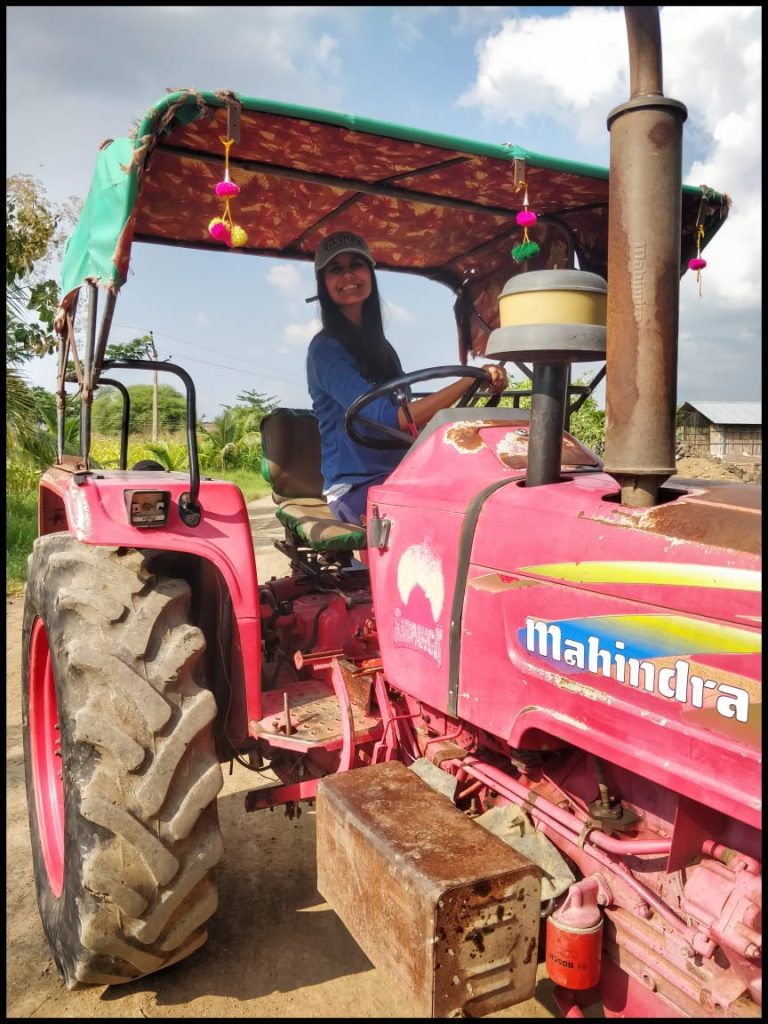
How did she come up with the name Zama? “I wanted a name that drew inspiration from India, but I was also set on it starting with the first or last letter of the alphabet (for no particular reason)—it was just something that stuck with me. After some research, I found the Sanskrit word ‘Sama,’ which means tranquillity. I changed the ‘S’ to ‘Z,’ and ‘Zama’ felt like the perfect fit, capturing both the essence of India and my vision for the brand — a celebration of our country’s cultural and food diversity,” says Shriya.
Shifting Paradigms in Healthy Lifestyles
Shriya Wadhwa is a passionate believer in the paradigm that a healthy lifestyle leads to multiple benefits. She officially launched Zama Organics in the second half of 2018 after conducting extensive research. “Initially, the products were only supplied to family and friends and restaurants like Masque. It was done via WhatsApp but I later put a supply chain process in place.” She prefers supply via road and rail as Shriya is firm about not adding to the carbon footprint by using airlines to deliver to Zama’s warehouse. Besides, it would increase the prices which would be counter-productive.
The product range at Zama Organics is fairly vast. Millets are sourced from Madhya Pradesh and Maharashtra; black rice from Manipur; saffron from the Pulwama district in Kashmir (which is a bestseller); extra virgin olive oil from Rajasthan; and Lakadong turmeric from Meghalaya. Spices, cold-pressed oils, ghee, whole grains, pulses, flours, rice varieties, nuts, nut butters, and preserves form the rest of the groceries on the list. These are available pan-India through the website, and she also supplies to the US and South Korea, with plans to further expand her export footprint.
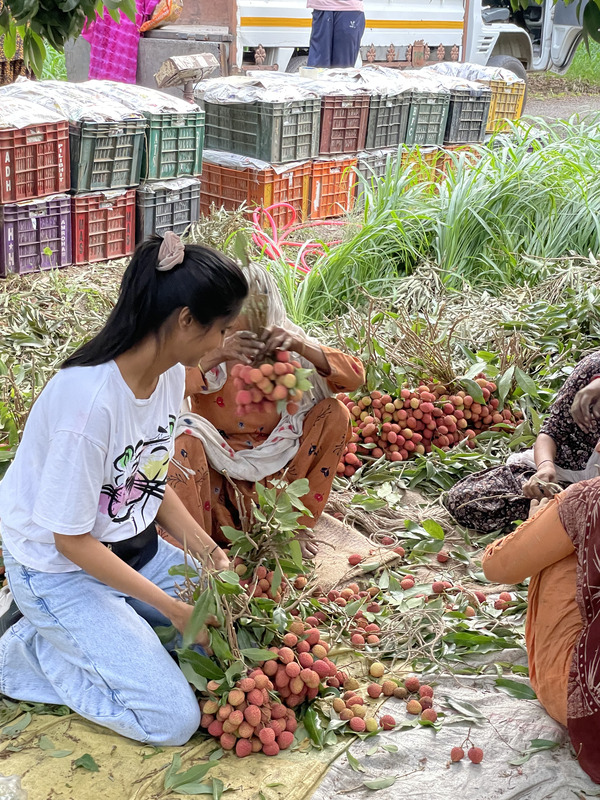
The fresh fruit, vegetables and herbs are available only for Mumbai and Pune residents as they are grown locally. “We work with over 50,000 farmers from all over India. My team makes visits too. Some of the ones I did were so remote that for hours on end, my car would be the only one on the road. This exploration is not just about sourcing—it’s about discovering India and celebrating our culture through food, which is the only way I know how. Regarding the organic element, while all the farms we work with follow organic and traditional practices, certifications can be extremely costly. While many of our products are certified, it is not a mandatory requirement, as we believe in inclusive sourcing and aim to support all farmers,” she says, adding, “At Zama, every batch undergoes stringent checks, including spot testing for adulteration and pesticide residues, as well as farm visits and taste tests. Many of the farms we source from are so remote they don’t even have access, and others have been growing organically for generations. We take great pride in supporting these traditional, clean farming methods that protect both the environment and the integrity of our ingredients.”
Shriya Wadhwa believes her products are the valuable aids one needs to have a healthy lifestyle. “Food and what you consume take a long time to show results. It is when you create a consistent change that you can see the benefits. A diet is not a lifestyle. Several people make that switch when they have kids. I want even the younger generation to have a healthy way of living and not wait till they become parents. I want them to cook from scratch with wholesome ingredients.”
Expanding Horizons
Whether it’s flours or dals, Shriya advises all her customers to store them in airtight containers as soon as they open them, as they are freshly packed and, due to their natural and organic nature, more susceptible to moisture and spoilage. Shriya has also ventured into creating preservative-free products recently. Zama has varieties of ketchup as part of the range — from regular to Jain and a newly launched hot-and-sweet. “We shared the ketchup with families, and it was a hit with kids. It’s a healthier alternative, but let’s face it—no matter how nutritious a product is, if it’s not delicious, no one will eat it.”
View this post on Instagram
She now plans to come up with edible rose water that can be used to make sherbets, desserts, and rose lassi at home. As for expanding markets, she says, “I plan to explore the UK and Dubai markets and selling in larger quantities as part of phase two of our expansion.” Adding more products to the inventory is also on the anvil.
One might believe that organic products are everywhere now, but the passion and dedication with which Shriya works at sourcing genuine ingredients, some little-known ones as well, but all of them uniformly healthy, is what sets her apart. Through Zama, she is not only offering better-for-you ingredients but is also celebrating India’s rich agricultural heritage. Her initiative is more than just a business; it’s a love letter to India, written through its diverse, high-quality products—an endeavour especially worthy of support for those who believe in healthy, sustainable lifestyles.



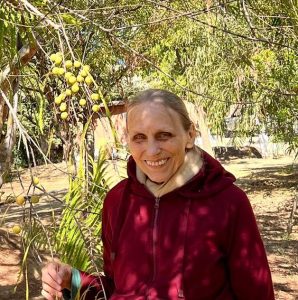 Ayo Oum Shanti[/caption]
Ayo Oum Shanti[/caption]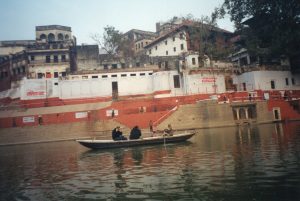 One of the ghats of the Ganges in Varanasi[/caption]
One of the ghats of the Ganges in Varanasi[/caption]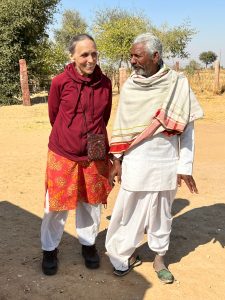 Ayo with a person from rural Rajasthan, India[/caption]
Ayo with a person from rural Rajasthan, India[/caption]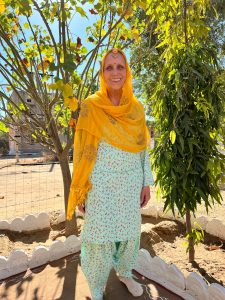 Ayo in Rajasthani attire[/caption]
Ayo in Rajasthani attire[/caption]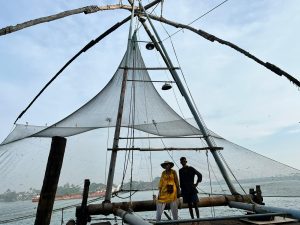 Ayo in Kochi[/caption]
Ayo in Kochi[/caption]
 Dr Namit Choksi[/caption]
Dr Namit Choksi[/caption]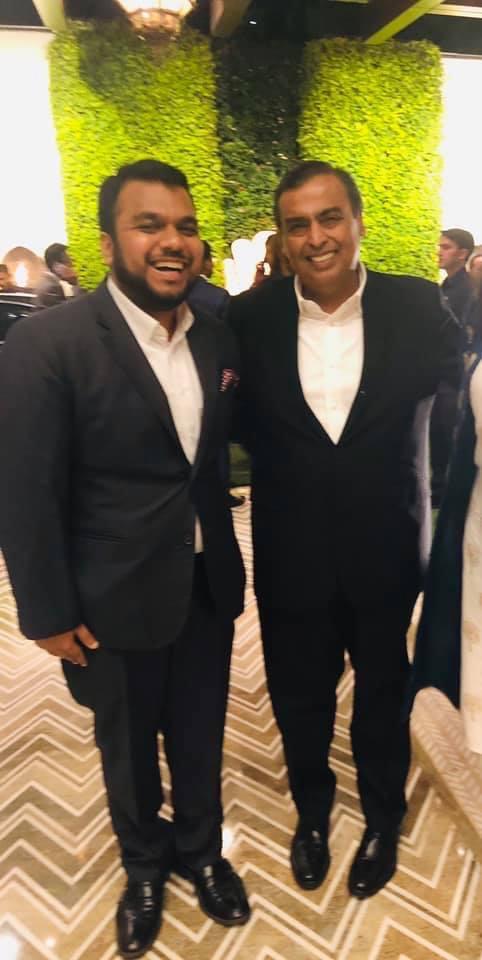 Namit with Mukesh Ambani[/caption]
Namit with Mukesh Ambani[/caption]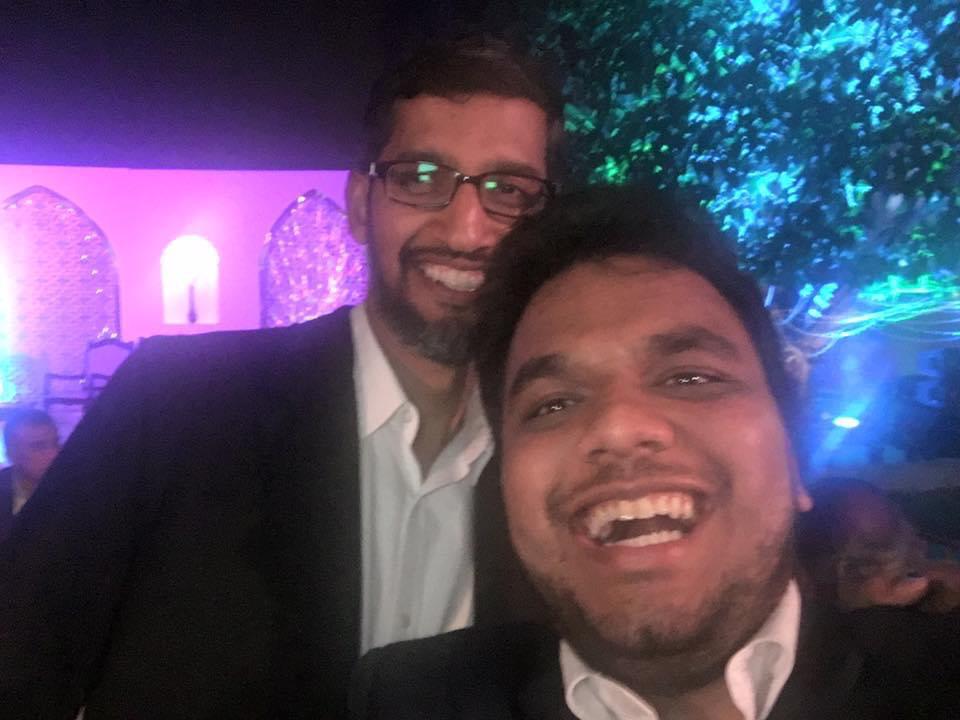
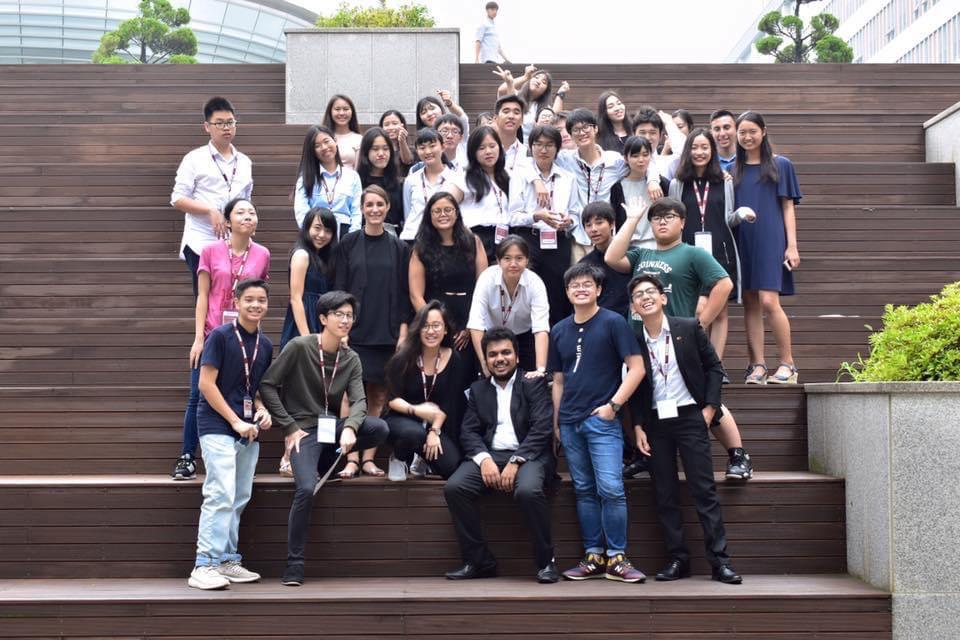
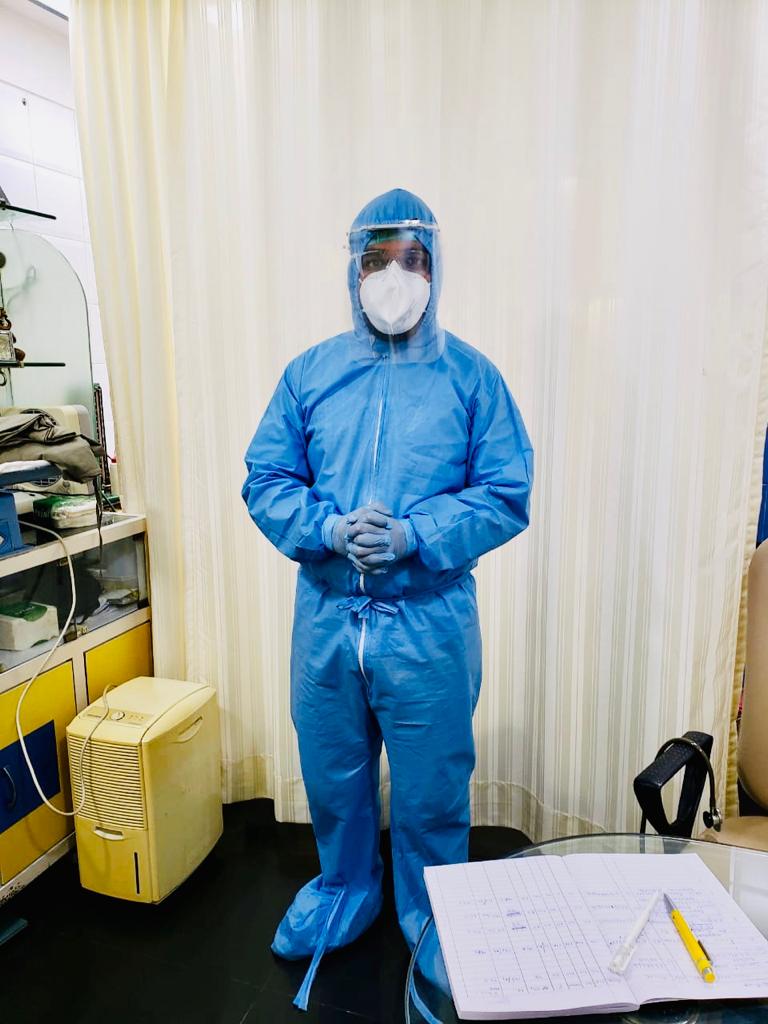

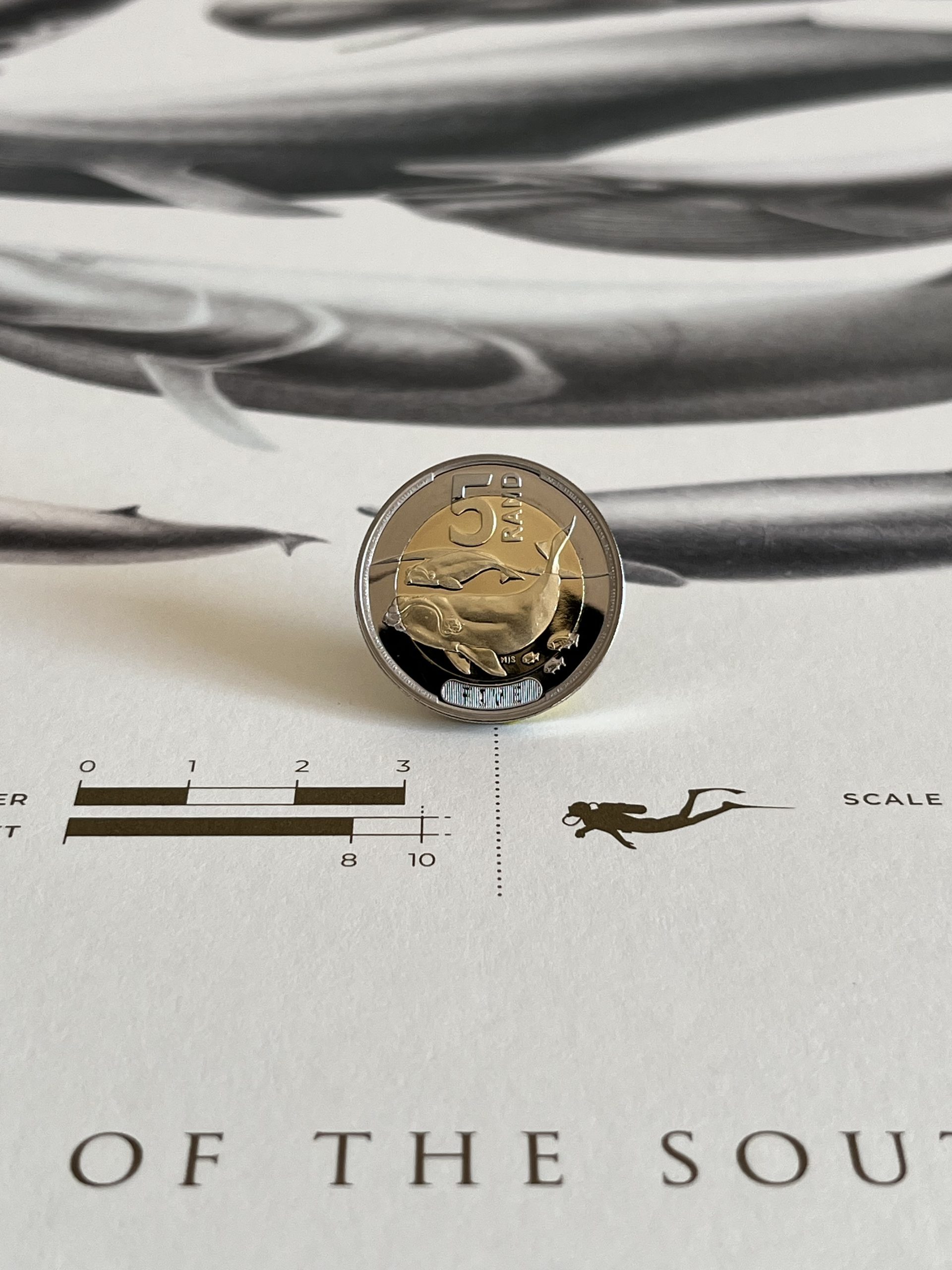 South Africa's new 5 rand coin[/caption]
South Africa's new 5 rand coin[/caption]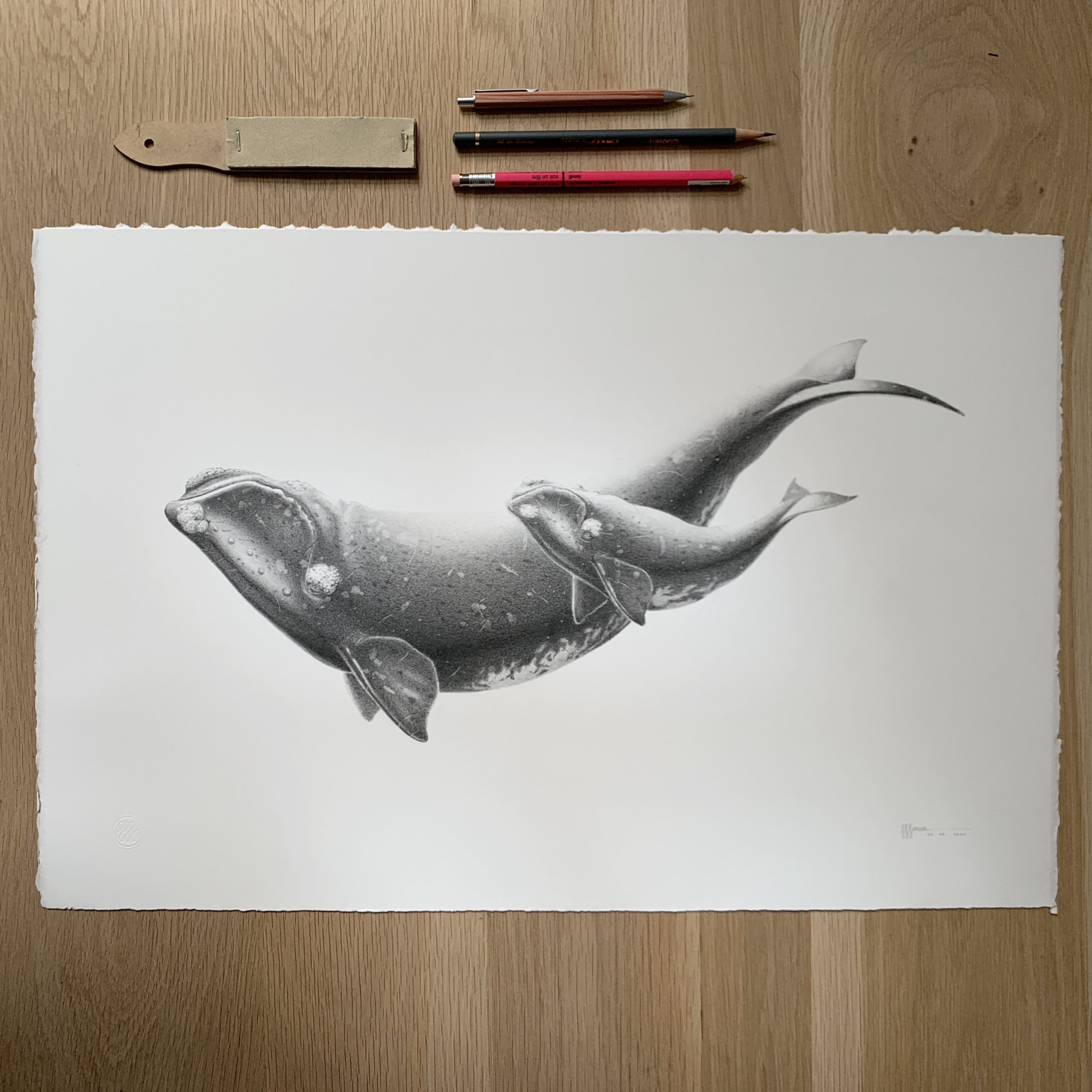
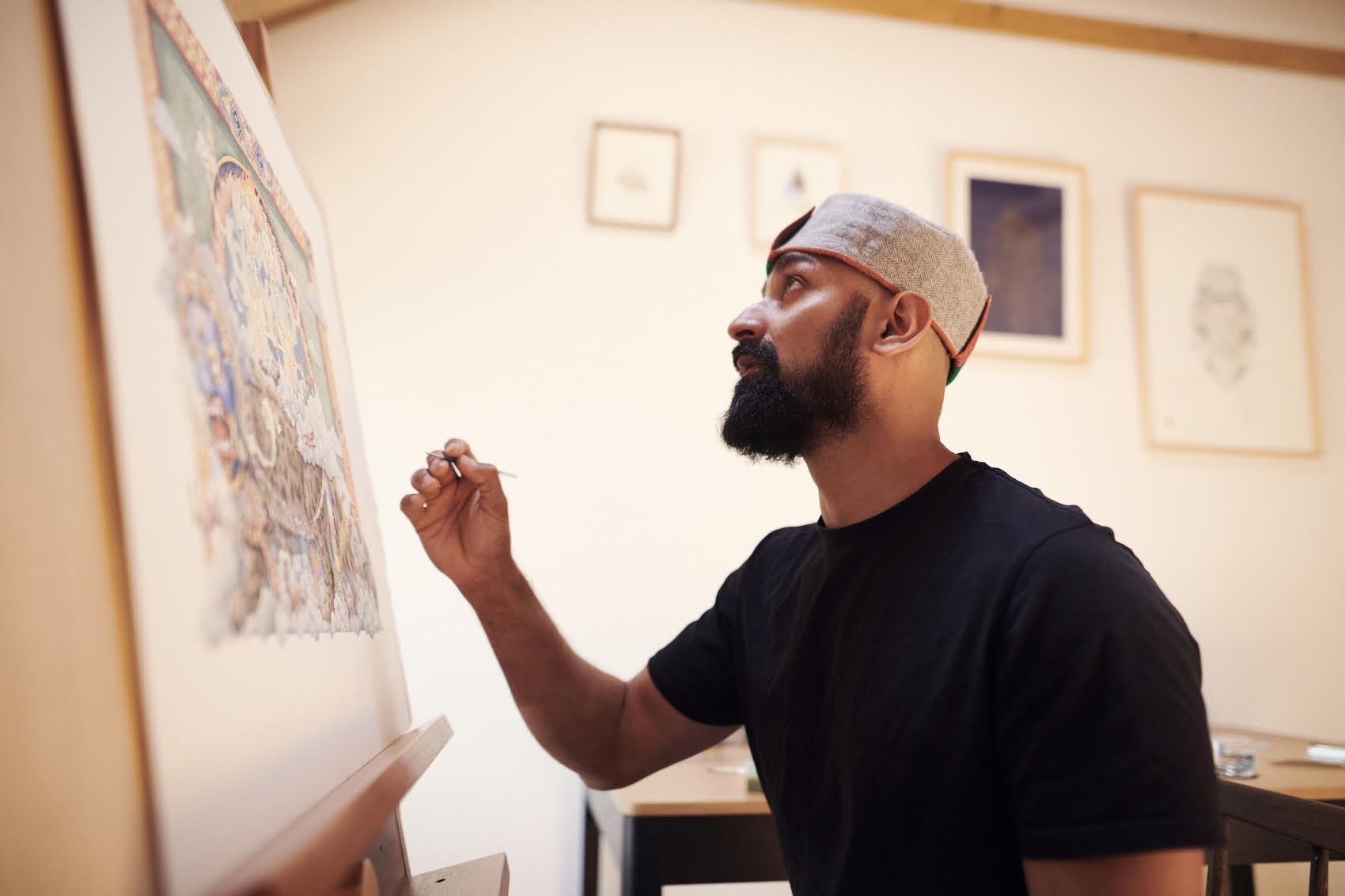
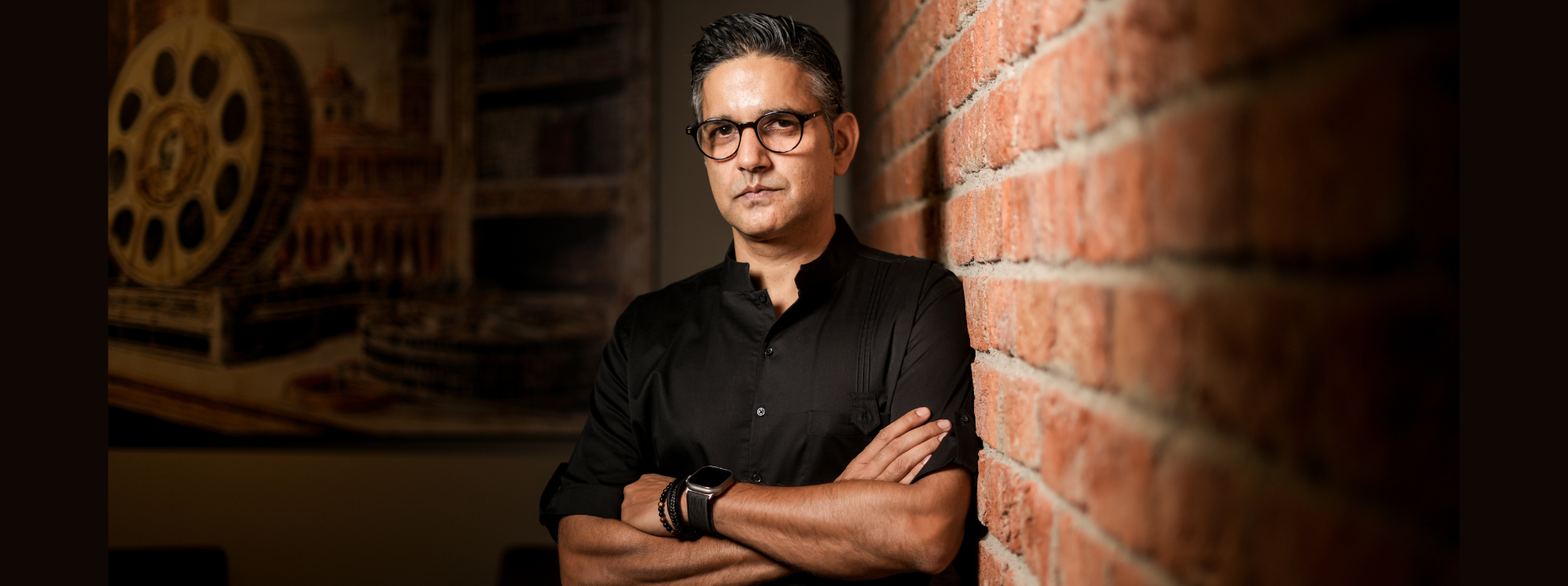
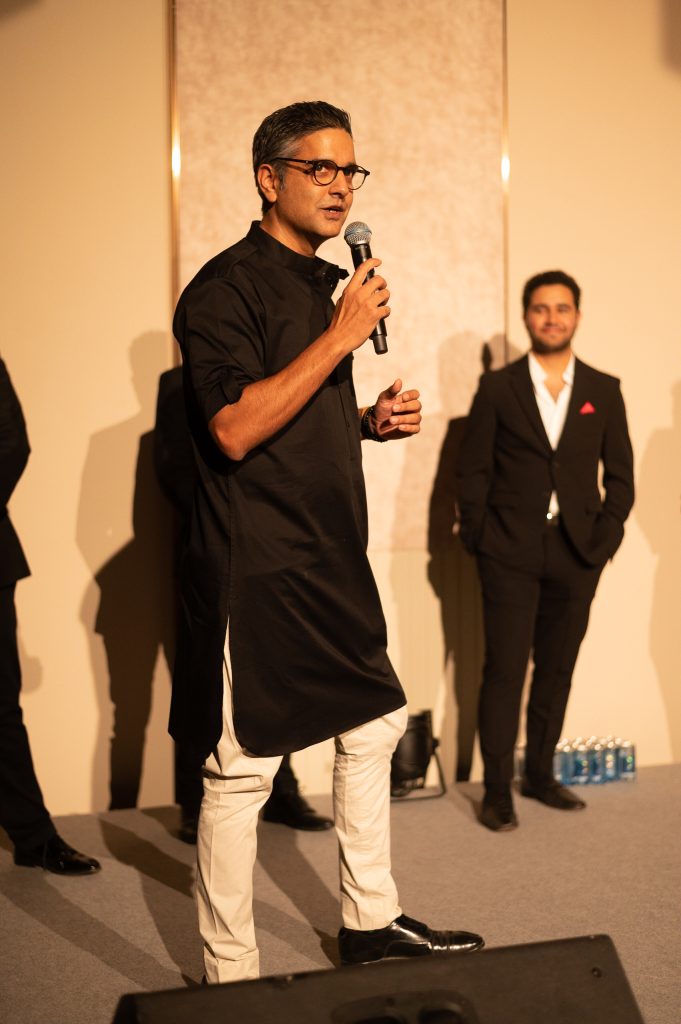
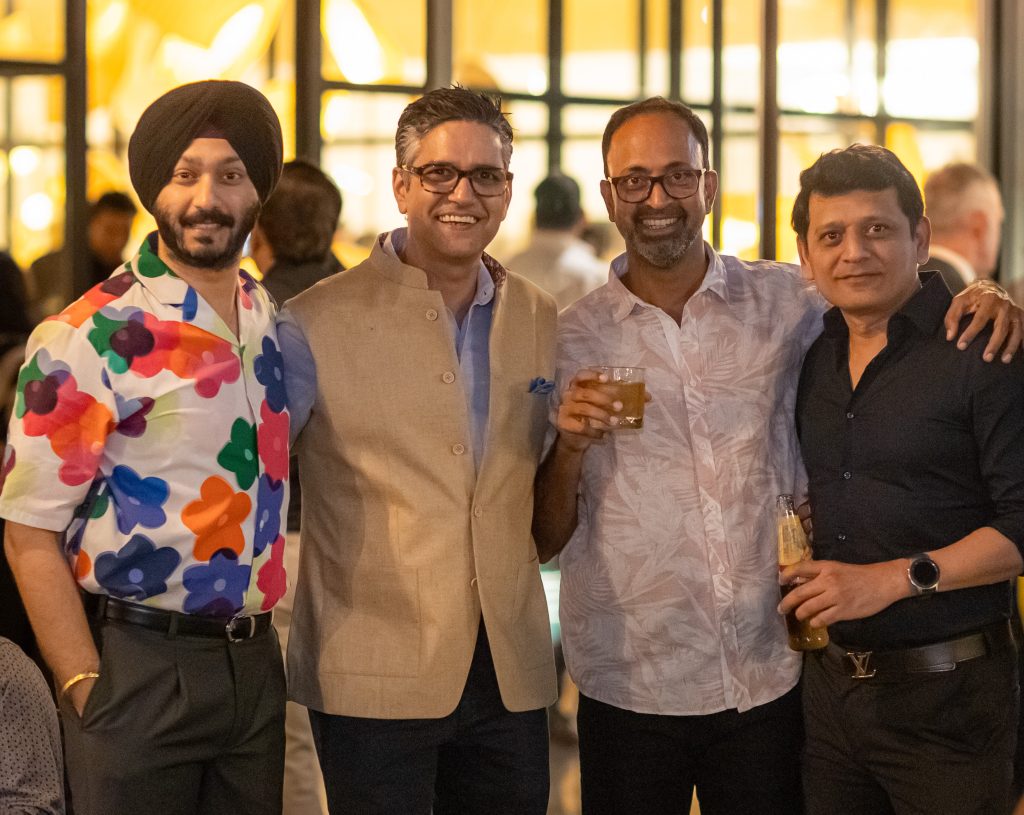
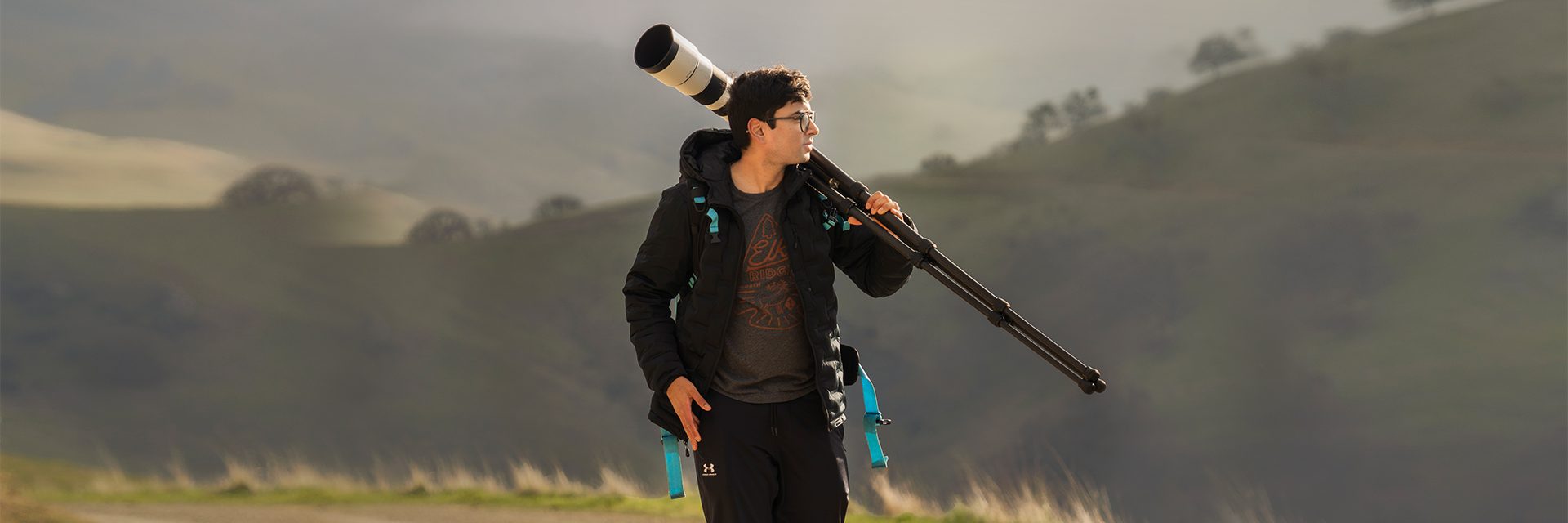
 'Quiet Light' in Vermont. Photo: Tanmay Sapkal[/caption]
'Quiet Light' in Vermont. Photo: Tanmay Sapkal[/caption] Tanmay Sapkal[/caption]
Tanmay Sapkal[/caption] From the trip to Aspen, Colorado. Courtesy:
From the trip to Aspen, Colorado. Courtesy: 